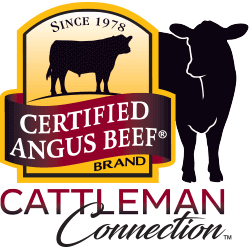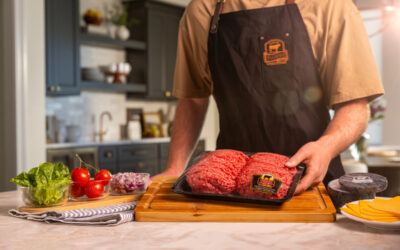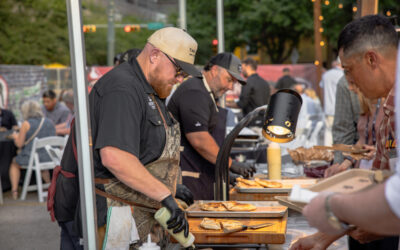
What’s in your freezer?
I think as a “Millennial,” I am a member of the generation that is most influenced by the media. I’m also a part of the generation with the most disconnect with where their food comes from. While the oldest generations may have looked outside their window to learn about agriculture or looked in their pantry to learn about food, we look to the Internet or TV… and we are often misguided. Generation Y may not be the most likely to pick up a newspaper but they are the ones on Twitter, serving as the audience to anyone who wants to spew propaganda about the industry.
We are college students, young professionals, and parents starting a family. We search for the easiest food to prepare, cheapest options and often what is in vogue. We also expect to find any kind of food we desire available when we want it. My generation has been in a “food discussion.” Growing up in the ’80s and ’90s, we were around for the scandal around GM corn in taco shells before full approval, BSE scares throughout the world, and we even watched “Supersize Me” or “Food Inc.” in school. We have been exposed to the idea that not all food is healthy. We are the generation who has learned to question our food and for those of us lucky enough to be involved in agriculture, we have had and undoubtedly will have, the pleasure and burden of explaining it to the world.
I choose to eat beef for two reasons: I like the taste and I have no doubt that it is wholesome and safe. In comparison with my generational peers across the country, I probably consume more beef. The reason? Beef isn’t as cheap and as “microwavable” as chicken or products like bacon. Not to say beef doesn’t have some economical and easy options, but I notice a lot of Tyson Anytizers or grilled chicken breasts at friends’ houses. To be honest, I’m guilty of consuming less meat because I’m in college, it’s simply not as feasible. When you’re away from Mom, pot roast becomes second to cereal and convenience becomes key to young people.

When out to eat, I notice a group of fearless eaters trying new foods. You can bet I order a cheeseburger or if it’s a sit-down restaurant, a Certified Angus Beef sirloin. However, even my fellow ag students get something new and often order chicken or fish. This isn’t a result of something negative from the beef industry; rather, it’s a representation of tastes and preference. For example, compared to my grandpa, my diet has a lot more variety. However, growing up on a farm in Missouri at the tail-end of the Depression didn’t allow him to try many new foods. As time has gone on, more choices have become available and affordable and Millennials take advantage of that.
The “have-to-have-it-now” generation has a wide variety of food choices, raised and produced all kinds of ways. We are explorers when it comes to food and I think the eating or not eating beef is reflective of that. The challenge the industry faces is showing young consumers how easy it is to enjoy beef, how nutritious beef is, and perhaps, how in style it is.
–Rachel
You may also like
Success, Despite Challenges
Today’s market is complex and competitive. The collective effort of stakeholders across the supply chain positions Certified Angus Beef to meet the record demand for premium beef moving forward. Signals across the beef industry are clear and Angus farmers and ranchers seeking high-quality genetics that deliver premium beef are producing a product in high demand.
Keep the Supply Coming
A record-high 800 registrants from 17 countries gathered in Austin, Texas, to learn more about CAB, become inspired by the culinary work of chefs and pitmasters, and celebrate sales and production success. But at the forefront: supply and demand, a reflection of the chaotic past year, and preparing for what’s ahead.
Consumer Demand, Power of Quality
Demand for high-quality beef persists. But with that demand comes challenges. From tight cattle supplies to higher costs and increasing pressure on retailers to deliver a consistent eating experience, the pressure is on. David O’Diam, CAB VP of retail, addressed the current retail beef environment, highlighting both opportunities and challenges in today’s marketplace.




